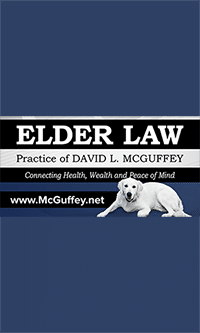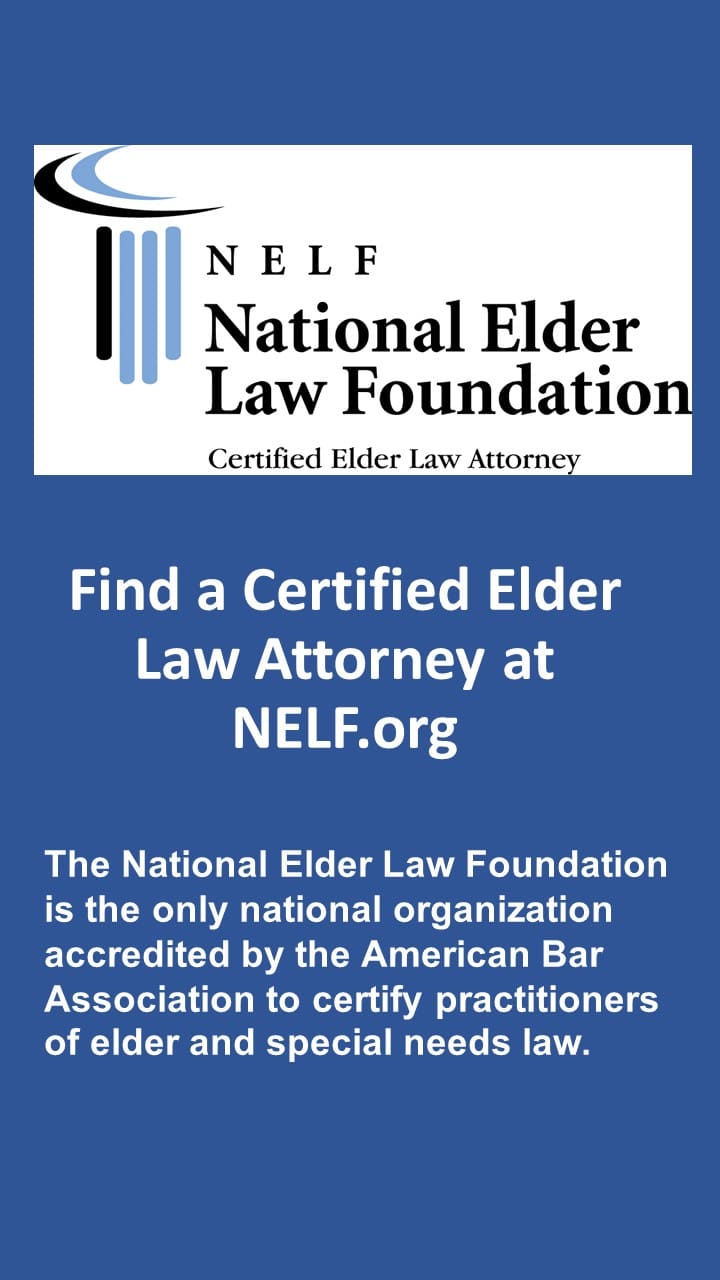In White v. Stanley (Georgia Ct. App. 10/3/2023), Rhonda White appealed a jury verdict in favor of the defendants relating to a motor vehicle collision. White argued that the trial court gave an improper jury instruction regarding the Preponderance-of-the-Evidence Standard. The trial court instructed the jury using the existing pattern jury instructions. However, the law changed in 2012 for cases tried on or after January 1, 2013. The old law included a statutory definition of the Preponderance-of-the-Evidence Standard, which was omitted when the legislature adopted a new evidence code. The new code was intended to “to revise, modernize, and reenact the general laws of this state relating to evidence while adopting, in large measure, the Federal Rules of Evidence.”
The old definition incorporated a reference to reasonable doubt, which White claimed sounds a lot like the higher burden of proof required in criminal cases. The Court of Appeals agreed. The new standard, as stated by the U.S. Supreme Court and Georgia’s Supreme Court is much simpler. The federal courts now use a definition that says “preponderance of the evidence’ . . . simply requires the trier of fact to believe that the existence of a fact is more probable than its nonexistence.” The Georgia Supreme Court said “proof by a preponderance simply requires that the evidence show that something is more likely true than not.” This much simpler statement of the definition eliminates any reference to the standard used in criminal cases. Georgia’s Court of Appeals stated: “In stark contrast, the trial court’s instruction drew the jury’s attention to the reasonable-doubt standard without explaining the important differences between the civil and criminal standards of proof or making clear that the higher burden applied in criminal cases did not apply in this particular civil case.”
White nonetheless lost her case because her request for a new trial required that she demonstrate that the trial court’s error damaged her. During her testimony, she said neither Stanley nor Cartee “did anything wrong.” The Court of Appeals found that her admission would cause a reasonable jury to find that the defendants weren’t liable even if the correct instruction was given.
Both the evidentiary standard and White’s mistake during her testimony are relevant in contested elder law cases. Most civil cases apply the preponderance of the evidence standard (the primary exception being that in guardianships and conservatorships, the necessity of the protective proceeding must be proven by clear and convincing evidence). Thus, being able to point to the correct standard is critical in making sure the fact finder correctly understands your burden. Second, if you don’t believe someone hurt you, then don’t sue them. If you do believe they hurt you, then think before you speak. White gave away her case by admitting the defendants did nothing wrong.






